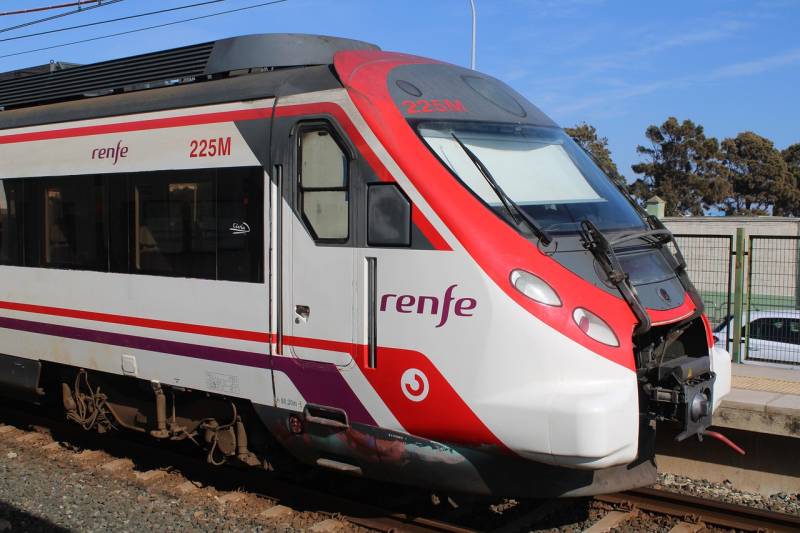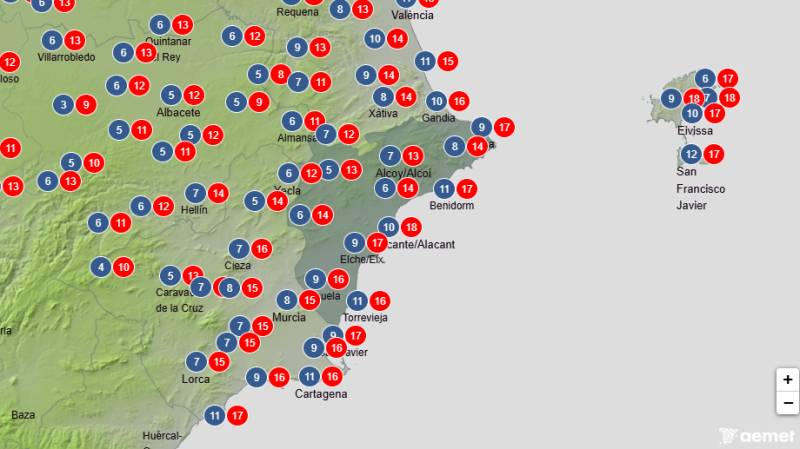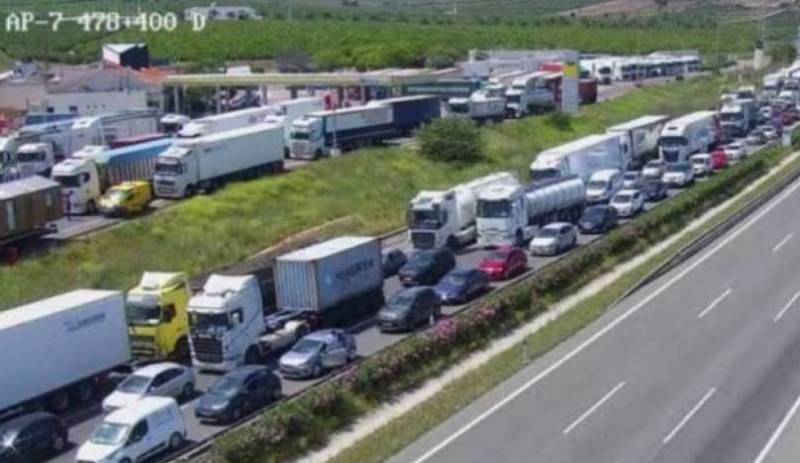- Region
- Águilas
- Alhama de Murcia
- Jumilla
- Lorca
- Los Alcázares
- Mazarrón
- San Javier
-
ALL AREAS & TOWNS
- AREAS
- SOUTH WEST
- MAR MENOR
- MURCIA CITY & CENTRAL
- NORTH & NORTH WEST
- TOWNS
- Abanilla
- Abarán
- Aguilas
- Alamillo
- Alcantarilla
- Aledo
- Alhama de Murcia
- Archena
- Balsicas
- Blanca
- Bolnuevo
- Bullas
- Cañadas del Romero
- Cabo de Palos
- Calasparra
- Camping Bolnuevo
- Campo De Ricote
- Camposol
- Canada De La Lena
- Caravaca de la Cruz
- Cartagena
- Cehegin
- Ceuti
- Cieza
- Condado de Alhama
- Corvera
- Costa Cálida
- Cuevas De Almanzora
- Cuevas de Reyllo
- El Carmoli
- El Mojon
- El Molino (Puerto Lumbreras)
- El Pareton / Cantareros
- El Raso
- El Valle Golf Resort
- Fortuna
- Fuente Alamo
- Hacienda del Alamo Golf Resort
- Hacienda Riquelme Golf Resort
- Isla Plana
- Islas Menores & Mar de Cristal
- Jumilla
- La Azohia
- La Charca
- La Manga Club
- La Manga del Mar Menor
- La Pinilla
- La Puebla
- La Torre
- La Torre Golf Resort
- La Unión
- Las Palas
- Las Ramblas
- Las Ramblas Golf
- Las Torres de Cotillas
- Leiva
- Librilla
- Lo Pagan
- Lo Santiago
- Lorca
- Lorquí
- Los Alcázares
- Los Balcones
- Los Belones
- Los Canovas
- Los Nietos
- Los Perez (Tallante)
- Los Urrutias
- Los Ventorrillos
- Mar De Cristal
- Mar Menor
- Mar Menor Golf Resort
- Mazarrón
- Mazarrón Country Club
- Molina de Segura
- Moratalla
- Mula
- Murcia City
- Murcia Property
- Pareton
- Peraleja Golf Resort
- Perin
- Pilar de la Horadada
- Pinar de Campoverde
- Pinoso
- Playa Honda
- Playa Honda / Playa Paraíso
- Pliego
- Portmán
- Pozo Estrecho
- Puerto de Mazarrón
- Puerto Lumbreras
- Puntas De Calnegre
- Region of Murcia
- Ricote
- Roda Golf Resort
- Roldan
- Roldan and Lo Ferro
- San Javier
- San Pedro del Pinatar
- Santiago de la Ribera
- Sierra Espuña
- Sucina
- Tallante
- Terrazas de la Torre Golf Resort
- Torre Pacheco
- Totana
- What's On Weekly Bulletin
- Yecla


- EDITIONS:
 Spanish News Today
Spanish News Today
 Alicante Today
Alicante Today
 Andalucia Today
Andalucia Today
La Plaza de Los Luceros in Alicante
Alicante's most emblematic landmark and the central point for Las Hogueras de San Juan
The Plaza de Los Luceros is one of the most significant landmarks in the city of Alicante.
It's a busy and sociable meeting place where Alicante locals gather in the cool of the summer to sit and chat on the benches surrounding the monumental fountain built in the middle of the plaza.
The plaza serves as the city’s main central roundabout joining the adjacent roads Avenida Alfonso el Sabio, Avenida Estación, Avenida General Marvá and Avenida Federico Soto, and is a 6 minute walk from the Renfe train station, a 7 minute walk from Mercado Central and a 4 minute walk from El Corte Inglés. The nearest parking available is just 95 metres from the plaza in Avenida Alfonso el Sabio, and the plaza has its only tram station called Luceros directly in front of it, which can be accessed from Avenida Federico Soto.
It is also the central point for many cultural events which take place in the city throughout the year, including the Cabalgata de Reyes Magos (parade of the three wise men), which takes place on the 5th January and comprises a grand parade in which tons of sweets and gifts are thrown out into the crowds and the major June fiesta, Las Hogueras de San Juan, in honour of St John the Baptist.
Las Hogueras de San Juan is by far the most important festival in the city and lasts for the whole of June. There are street parties, live music, food stalls selling hot dishes and churros, and giant colourful papier mache figures are put up all over the city ready to be burned on consecutive days at different times. The evening of the 23rd June, St John’s Eve, is particularly famous because of the atmospheric ‘mascletà’ display where hundreds of firecrackers and fireworks are set off in unity around the Plaza de los Luceros in front of vast crowds of people.
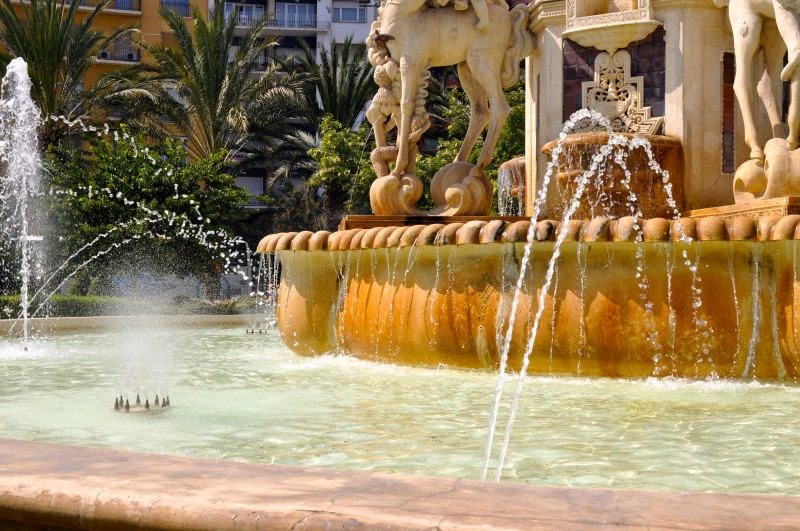
The plaza was originally called the Plaza de la Independencia before 1934 when it was renamed Plaza Catalunya during the Spanish Civil war until it later received its current name, Plaza de los Luceros, meaning ‘bright stars’ owing to the decorative stars that are engraved around the fountain.
The monumental fountain was designed in 1930 by the famous local sculptor Daniel Bañuls Martínez who was an expressionist artist inspired by nature and celestial bodies. Below the fountain are sculptures of four horses representing the four strong forces of nature and the four seasons, with the stars on their heads symbolising the connection between the earth and the sky.
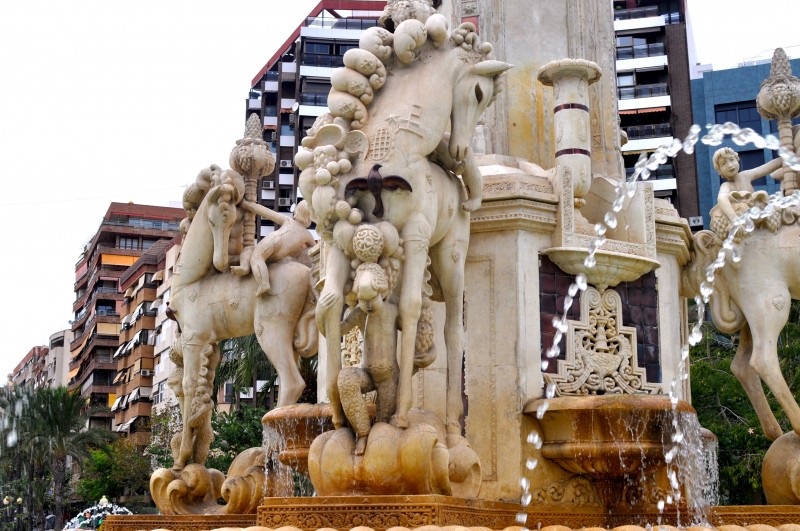
Daniel Bañuls originally modelled the horses by hand by creating moulds out of clay that were then used to form the four identical white concrete horses that we can see today. In the middle of each horse’s chest is an exotic bird that represents the freedom of imagination, and at the horses feet rising from the water are fawn-like figures that are shown to be holding onto the animals’ forelegs, and likewise symbolise the uncontrollable force of nature. The legend has it that these tiny water creatures have such a divine beauty and great intelligence that they are powerful enough to win the hearts of humans if they happen to catch their gaze during the night of the full moon.
However, well-known as it may be, it was revealed by sources in the Town Hall of Alicante in 2016 that in the quest to eliminate references to the regime of General Franco, a proposal was considered to change the name of the Plaza de Luceros. The reason for this suggestion was that the name of the square could actually be associated with Francoist ideology. It is believed that after the Spanish Civil War of 1934, when it was renamed Plaza de Catalunya, it was later changed to Plaza de los Luceros by supporters of Franco who were inspired by the verses of the Francoist anthem “Cara al Sol”.
Despite this, the town hall has rejected the idea to change the name, as the word “luceros” (literally meaning bright stars) is no longer associated by anyone with the dictatorship of Franco, and to change it now would be far more controversial that to leave it as it is.
Click here for more information about visiting the City of Alicante, including what's on and where to go: Click for the dedicated Alicante City section












